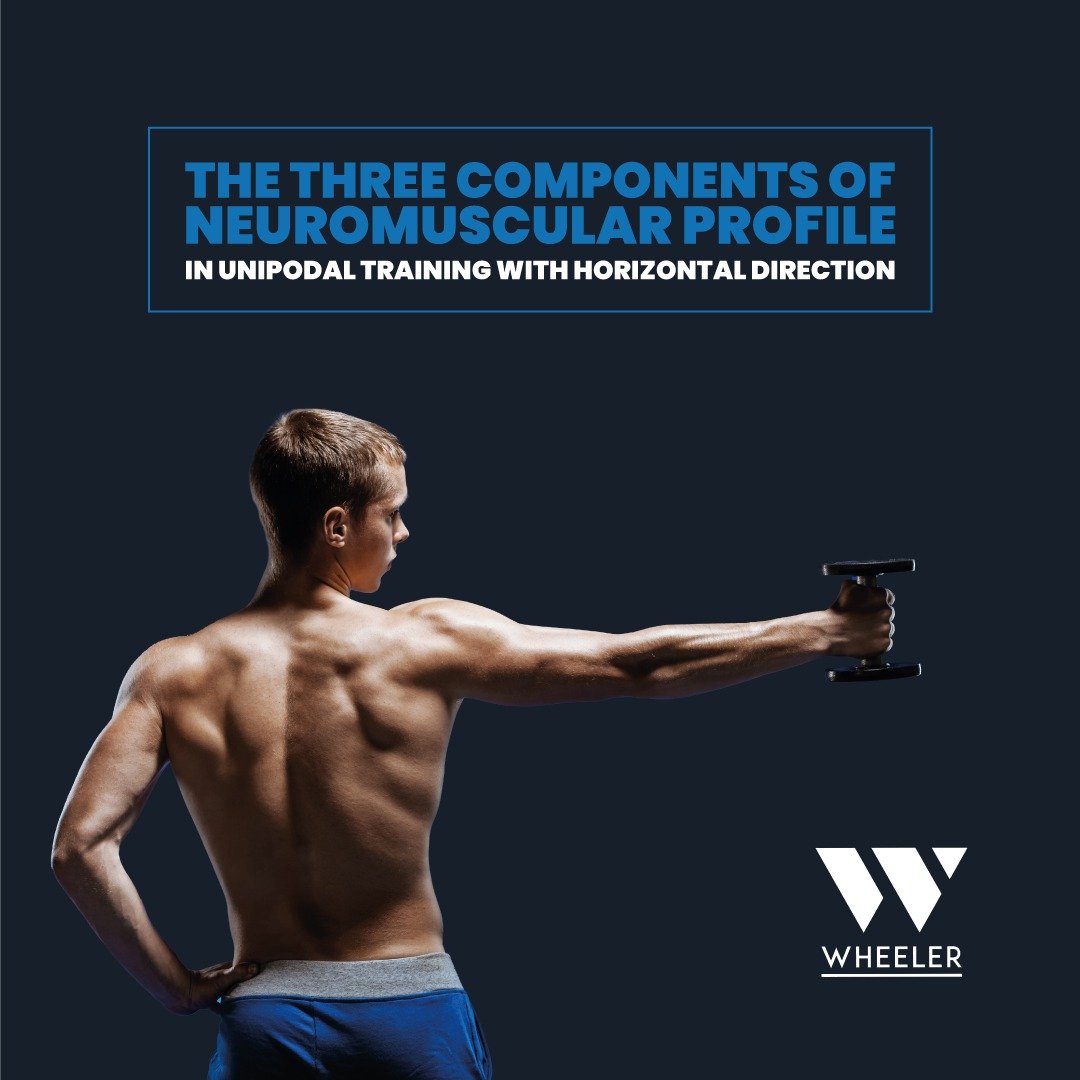Unipodal Training: Benefits and Applications in Stability and Strength Development
Unipodal training stands out for its effectiveness in improving stability, coordination, and neuromuscular complexity. This type of training activates multiple muscle groups synchronously, promoting greater pelvic and joint stability, resulting in significant benefits for both athletes and individuals seeking to improve their overall physical condition.
Benefits of Unipodal Training
Improved Stability and Coordination: Performing unipodal exercises forces the body to maintain balance on a single leg, intensifying the work of stabilizing muscles and the core. This translates into a noticeable improvement in overall body stability and coordination, fundamental aspects for sports performance and injury prevention.
Activation of Agonist and Antagonist Muscle Groups: Unipodal exercises simultaneously activate agonist and antagonist muscles to maintain stability and balance. This activation not only strengthens the primary muscles but also stabilizers, improving overall body functionality and performance.
Activation of the Lateral Stabilization Subsystem: Unipodal training particularly activates the lateral stabilization subsystem, crucial for improving pelvic stability and body alignment. This results in greater efficiency in specific sports movements, such as acceleration, which is essential for athletes in various disciplines.
Application in Strength Training Sessions
Unipodal training can be effectively integrated into strength training sessions, addressing the three components of the neuromuscular profile: concentric, eccentric, and reactive.
Concentric Component: Exercises like the pistol squat focus on the lifting phase, where muscles contract to lift the body’s weight. This exercise is excellent for developing concentric strength in the quadriceps, glutes, and core muscles.
Eccentric Component: Movements like Bulgarian split squats emphasize the eccentric phase of the exercise, allowing gradual control of the body’s descent. This phase is crucial for increasing muscle strength and control, as well as preventing injuries.
Reactive Component: Unipodal jumping exercises or rapid changes of direction on a single leg develop reactive strength. These movements improve the body’s ability to absorb impacts and generate force rapidly, essential for acceleration actions in sports.
Exercise 1: Scissor Unipodal Squat
This exercise focuses on eccentric control during the descent phase and concentric control during the ascent phase, improving proprioception, motor control, and stability.
Exercise Implementation
- Starting Position: Stand with one leg forward and the other backward in a scissor position.
- Descent (Eccentric Phase): Lower the body slowly while controlling the movement.
- Ascent (Concentric Phase): Push forcefully from the forward leg to return to the starting position.
- Repetitions and Sets: Perform 3 sets of 8-10 repetitions per leg.
Exercise 2: Unipodal Counter Movement Jump (CMJ)
This exercise explosively improves both the eccentric and concentric phases, benefiting the stretch-shortening cycle and generating a higher level of power.
Exercise Implementation
- Starting Position: Stand on one leg.
- Eccentric Movement: Flex the supporting leg to load the muscles.
- Concentric Movement: Explosively jump upward, utilizing stored energy.
- Repetitions and Sets: Perform 3 sets of 6-8 jumps per leg.
Exercise 3: Reactive Unipodal Bench Jump
This exercise improves joint stiffness in the supporting leg, increasing the reactive strength needed to efficiently absorb and respond to ground reaction forces.
Exercise Implementation
- Starting Position: Stand facing the bench with one supporting leg.
- Movement: Explosively jump with the supporting leg, landing softly on the bench.
- Descent: Jump back down from the bench, cushioning the impact.
- Repetitions and Sets: Perform 3 sets of 6-8 repetitions per leg.
Join Our Membership!
If you’re passionate about this type of content and want to take your training to the next level, we invite you to join our membership! Gain access to a community dedicated to improving performance. Click this link here and subscribe today to transform your training and achieve your goals!
Author


